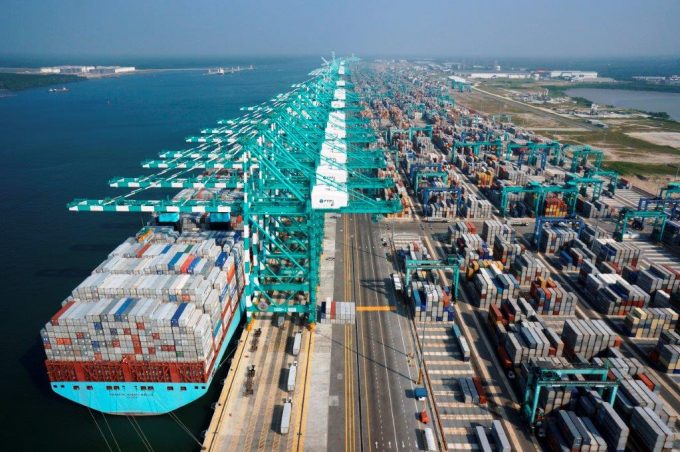MSC moves into Nador West Med, as TiL takes minority stake in box terminal
MSC has become the latest carrier to seek to expand its west Mediterranean port capacity ...

Malaysia’s port of Tanjung Pelepas (PTP) saw 8% growth in 2020, to a record-breaking 9.8m teu, making it an outlier among South-east Asia’s competing transhipment hubs.
The growth the port, which is operated by Maersk subsidiary APM Terminals as the carrier’s key transhipment hub in the region, came despite global economic uncertainties and the Covid-crisis .
PTP CEO Marco Neelsen explained the reasons: “A surge in extra transhipment volumes, due to the increased demand in Asia and Europe, and requests from customers ...
Volcanic disruption at Anchorage could hit transpacific airfreight operations
Macron calls for ‘suspension’ – CMA CGM's $20bn US investment in doubt
Forwarders stay cool as US 'liberation day' tariffs threaten 'global trade war'
De minimis exemption on shipments from China to the US will end in May
Shippers snap up airfreight capacity to US ahead of tariff deadline
Tighter EU import requirements proving 'a challenge' for forwarders
Looming Trump tariffs will create 'a bureaucratic monster' for Customs

Comment on this article